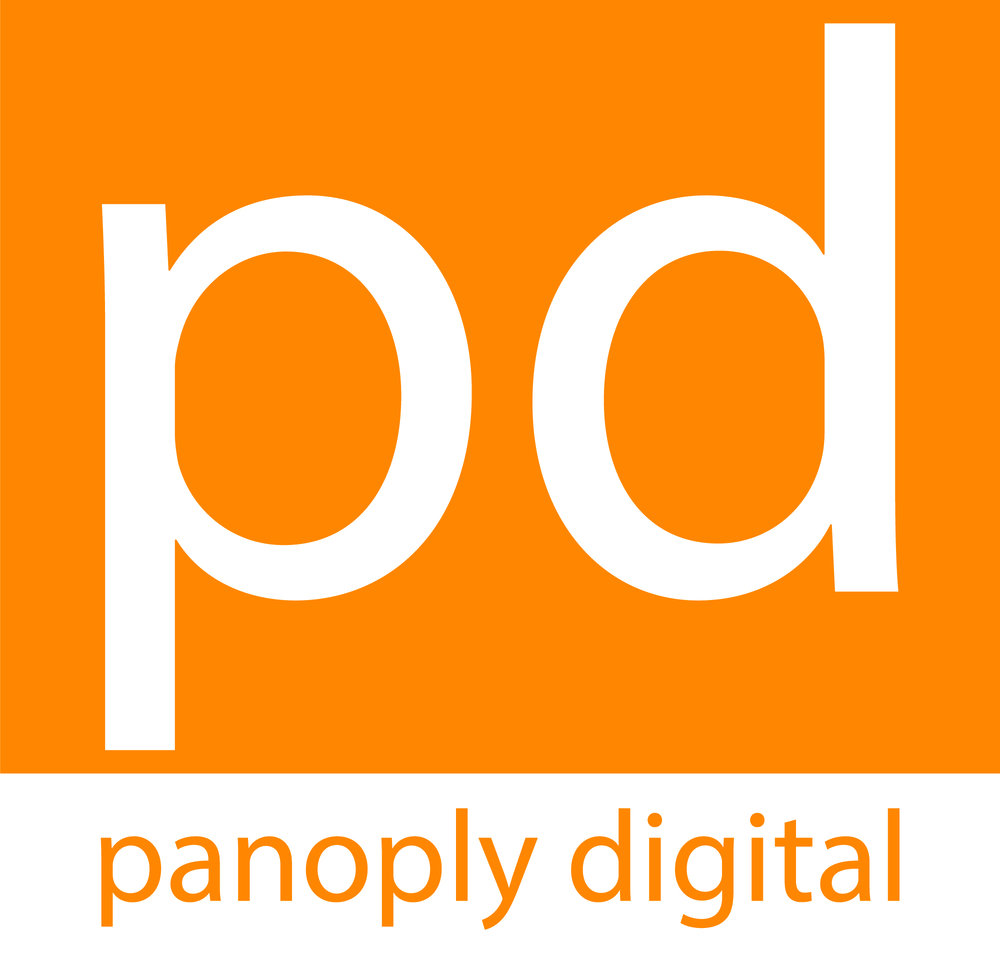Sustainability is a term most of deal with or spout off on a daily basis and one which means different thing to different peoples. I approach it from two perspectives. Firstly, having worked within the space where the commercial interests of mobile network operators meet those of the donor community and then meet those of underserved populations, conversations around sustainability for me tended to focus more on how a project could continue beyond the finite project funding. This would relate mostly to defining ‘who pays’ and designing creative business models to ensure the product or service could continue unaided. No easy task however some interesting examples do exist, one of my long-time favourites being BridgeIT in the Philippines who ensure full community support and buy-in before rolling out their ICT-based education solutions. And secondly, as someone studying law, the other aspect of sustainability that I deal with is that of ecologically sustainable development. Governments and courts of law deal with principles such as intergenerational equity, the precautionary principle - namely scientifically supported decision-making, and improved valuation, pricing and incentive mechanisms. Both these examples of sustainability are however, somewhat ambiguous and often intangible. Worse still, the term is so often used without any reference or validation of what particular ‘type’ of sustainability is actually meant. However, last week I was lucky enough to host presenters who add a third take on sustainability and one which for me, is less often discussed - that of software and hardware: Ugo Vallauri, Business Development Lead and Co-founder of the Restart Project, and Hitesh Chaudhua Ex-Computer Aid ICT Manager and ICT business owner promoting opensource and its variants as well as traditional technologies. More than 20 people gathered via the London ITC4D Meetup platform at an event in central London at the swanky offices of GSMA (incidentally the company where I spent near on seven exciting years of my own career!) to not only discuss, but to see live demonstrations of how we can work with technology in a more ethical and sustainable manner by – get this for a novel concept – fixing it!!
The evening kicked off with a presentation from Ugo who captured the audience with some pretty hard-hitting facts such as that of Apple’s 5s producing 83% of its total greenhouse gas emissions in production. A testimony to the potential impact that fixing rather than replacing can have. There were plenty of questions for Ugo but a noticeable lack of experience in this area and very few examples from others where the maintenance of software and hardware had been a strong consideration in the design of the projects people had worked on (either that or people were shy in coming forward!). From my own experience, the very procurement of technology for a project presents itself a problem let alone the consideration of how to manage it moving forward. However, it really does tie into the overall, shall we say commercial sustainability of a project as if it’s not something which is factored into the design, how can one ensure that the project would indeed sustain itself post-funding? Additionally, there is room to explore the use of recycled devices for projects.
Hitesh discussed from his own experiences factoring in an additional 10% of hardware for each project to ensure that there were spare parts available future-proofing the longevity of the project. Local technicians on the ground were enlisted to be on-hand to fix anything that went wrong, however local meant anything from the same village to one 200kms away. Another key factor for consideration as well e-waste, a topic which was brought up several times and deemed to be one which was incredibly complex not least of all for the fact that so much of the developed world e-waste ends up on the shores of developing countries where it often burned causing further ecological damage and harm to communities. It might be worth mentioning here then that the Restart Project has saved 1.5 tonnes of waste across north and south London.
The evening went on and the tools of the trade came out along with a couple of iPhones and various hardware. I am now able to say that I am one of the few people who has not only seen the inside of an iPhone and the elusive battery, but now know how to change one. (Apparently I am not allowed to fly on the same plane as those select others who also have this same exclusive information). I was interested to find out from Hitesh that in order to replace parts of a hard-drive you are really dealing with just three major components and it’s something that most people could do at home with the help of a YouTube video. I myself have taken apart my Xiaomi Redmi Note and replaced the LCD and cracked screen after dropping it when it was just 4 weeks old. Twelve months later it’s still going strong!
I’m a huge admirer of the concept and work that Ugo and Hitesh are doing and I think there is so much scope for us in this space to consider the implications of the technology we not only implement on the ground in our projects, but also the constant upgrading of handsets to ensure we have the latest technology. Somehow there seems to be a disconnect between that and our developmental values. I hope this blog gets people thinking more about the topic and I encourage people to check out the Restart Project’s work or contact me here at Panoply Digital for a connection to Ugo or Hitesh.

